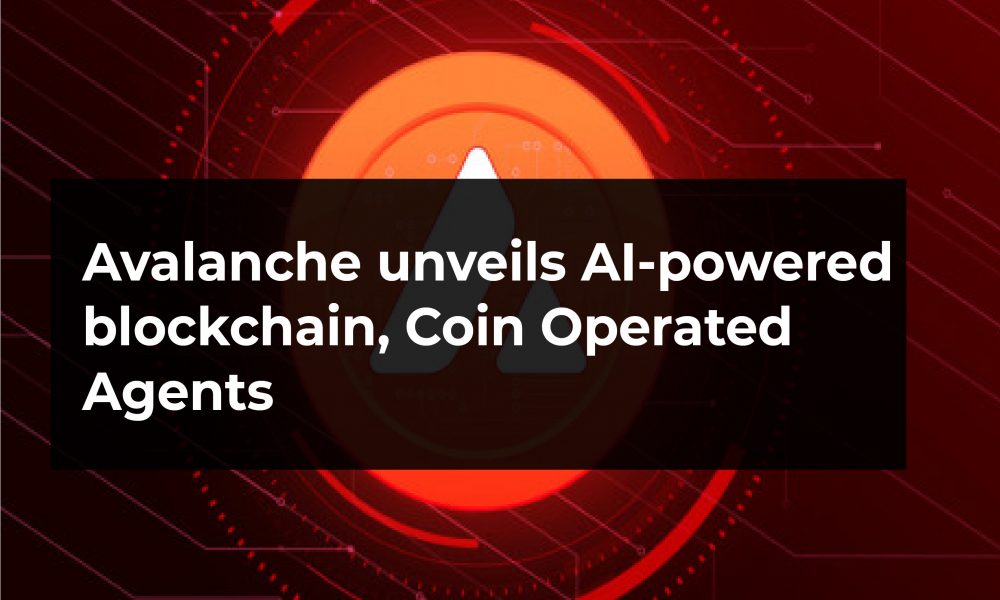Can Crypto Mining Actually Be Green?
The rise in popularity of the cryptocurrency market has brought increased scrutiny, particularly regarding the sustainability and environmental impact of these digital assets.
Famously, the energy needs of Bitcoin BTC/USD network alone has been compared to a small country — say Norway. Many have understood that this is because of the mining involved in securing the network. But what exactly is cryptomining, and are there alternative solutions?
Mining is the everyday name given to the process by which new coins come into circulation. Bitcoin has become synonymous with digital gold, and the mining of both is analogous. There is a scarce asset locked up – gold in the ground and Bitcoin locked in incredibly complex mathematical problems – and it takes real work and energy to “mine” it. This system is known as proof of work (PoW).
Computers on the network compete against each other to solve complex mathematical problems. By doing this, they ensure that the sequence of transactions that is the blockchain is correct and impeccable. For their efforts, they are rewarded with new BTC, adding more coins into circulation.
In recent years, an alternative consensus mechanism has become increasingly popular. This mechanism, called proof of stake (PoS), uses a fraction of the energy required by PoW. In this model, mining rewards are not distributed to people who perform computational work, but rather to people who have a large amount in a single wallet.
Currently, Ethereum ETH/USD trying to transition from PoW to PoS.
PoS could be a big step forward in making crypto more sustainable, but a lot more work can be done. Cudos CUDOS/USD is an example of a blockchain that is trying to go the extra mile to create a highly sustainable network. It is a layer 1 blockchain that uses a PoS consensus mechanism.
With the mainnet live, the team behind Cudos is building a layer 2 distributed cloud computing platform called Cudo Compute. Eventually it will be bridged to other layer 1 blockchains such as Ethereum, Algorand ALGO/USD and Polka dot DOT/USDand brings its revolutionary power to an even wider audience.
The key to its power lies in the use of a global network of computers and server farms. Unlike older cloud services such as Amazon.com Inc.’s AMZN Amazon Web Services (AWS) or Microsoft Corporation‘s MSFT Azure, the Cudo Compute network is decentralized without a single point of failure endemic to centralized models.
And critically, the Cudo Compute network uses idle computing power. Server farms often have rows of servers that stand idle with nothing to do, wasting power. The network allows these idle machines to be brought into use, ensuring that they do not draw power for no reason. Contrast that with the incredibly inefficient model used by companies like Amazon, which end up having massive amounts of servers sitting idle and wasting precious energy.
And as global demand for cloud computing grows at a rapid pace, the Cudos model allows for more efficient scaling than legacy vendors. By using free power anywhere in the world, the network can grow organically. Legacy suppliers have to build new data centers which are inherently nightmares for the environment with massive land footprints and which draw huge amounts of electricity.
This makes the Cudos model an important step towards a greener crypto market.
If you are interested in learning more, check out https://www.cudos.org/
This post contains sponsored advertising content. This content is for informational purposes only and is not intended as investment advice.
Featured image by Taylor Vick on Unsplash


